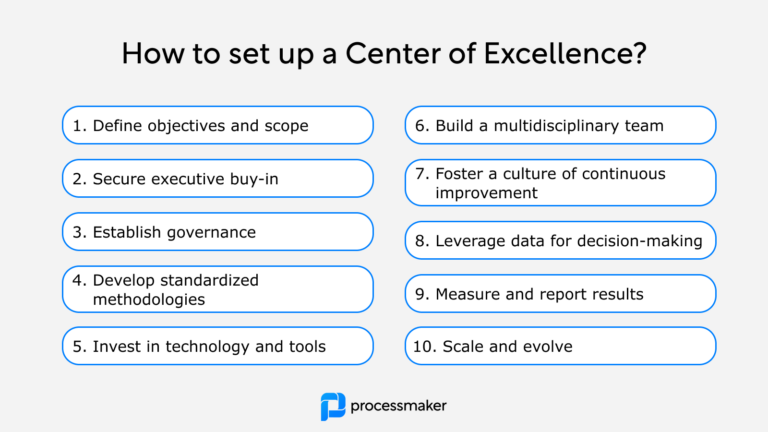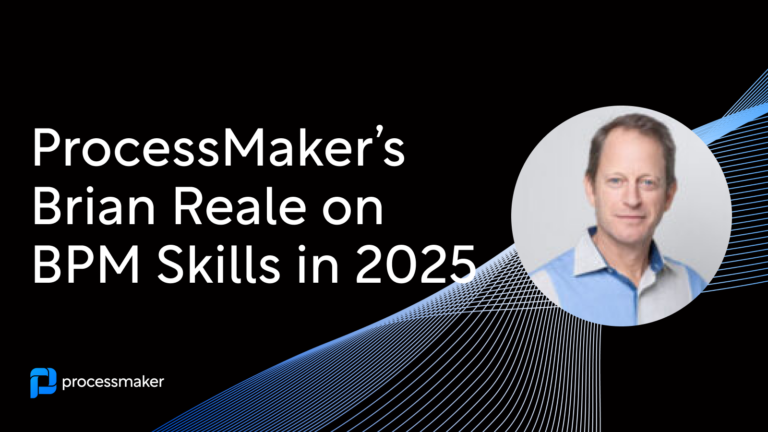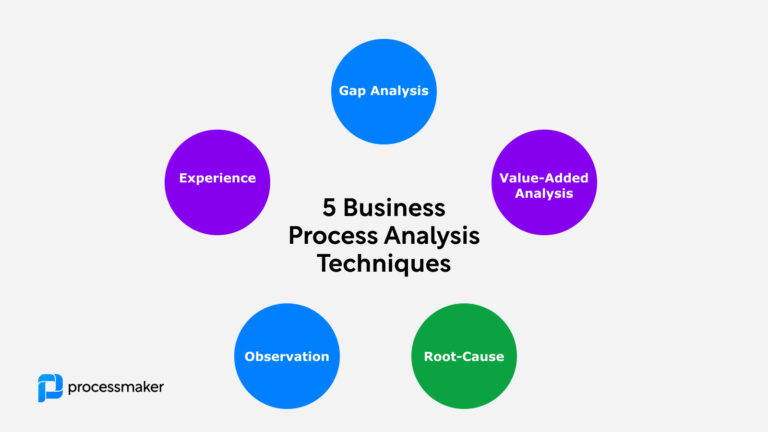Organizations are always looking for fresh ways to boost efficiency and productivity. You’ve likely come across two key terms in your research: business process management (BPM) and business process automation (BPA). Are you wondering how these two important process approaches differ?
The difference is a familiar maxim used in business: strategy vs. tactics. Business process management is a broad, strategic discipline, while business process automation is one of the tactical technologies tools in the more extensive process toolbox.
While they both strive to make the contributions of systems and people more valuable to the organization, there are a few key differences between the two. Let’s explore how BPM and BPA can work together to improve and optimize your business processes.
What is business process management?
Business process management is the holistic practice of studying all the tasks and workflows that move through your organization. The purpose? To continuously flatten speed bumps and eliminate bottlenecks and obstacles so your business can run as smoothly as possible.
Gartner defines BPM as the coordination of “people, systems, information, and things to produce business outcomes in support of a business strategy.” The practice does not specify any particular methodology to do so. Instead, those with a BPM mindset constantly assess all aspects of your business to discover new ways to streamline and improve internal workflows.
In The Wealth of Nations, Adam Smith found that an optimized coordination of assembly steps could increase productivity in a pin factory by a whopping 24,000%. Working as lone wolves, ten employees could wrangle between one and 20 pins per day. By closely studying the steps involved in cutting and bending pins and then optimizing those responsibilities, workers could churn out a whopping 48,000 pins per day.
A central tenet of BPM is a comprehensive awareness of every aspect of your organization. BPM practitioners strive to unsilo activities and better understand how processes are connected and how departments work together. Armed with this insight, they find ways to reduce errors and eliminate redundant and time-wasting tasks to make sure all efforts are finely tuned to an organization’s key objectives.
What is business process automation?
Business process automation specifies automation software as the solution to better streamline a process. While BPM is a systematic overarching mindset for boosting efficiency, BPA is one of the specific tools for getting it done.
If, through a BPM study, you find that manual, repetitive, labor-intensive tasks are an area for improvement, you might turn to automation to help. BPA transfers the responsibility for everyday time-draining tasks from a human over to a machine. It transforms a lengthy, manual task into one that software can complete in mere seconds or minutes. Here are a few of the activities that 66% of businesses are now automating:
- Compiling reports
- Filling out forms and applications
- Verifying data against third-party systems
- Approving and filing internal HR paperwork
- Copying and pasting data between two point solutions
- Using chatbots to answer customer FAQs
- Coordinating approvals between departments
Automation aficionados deploy technologies like robotic process automation (RPA) to speed up tasks or other software like machine learning or artificial intelligence to boost efficiency. BPM may or may not involve automation; it can look at how humans work together without even considering technology. BPA is just one of the many tools available under the greater scope of BPM.
Business process management and business process automation work together, but they’re not interchangeable terms. By analyzing how your business runs through a BPM lens, you can find areas ripe for the streamlining abilities of BPA. Together, both BPM and BPA can reduce costs, eliminate waste, and boost the value both your staff and systems contribute to your organizational goals.





